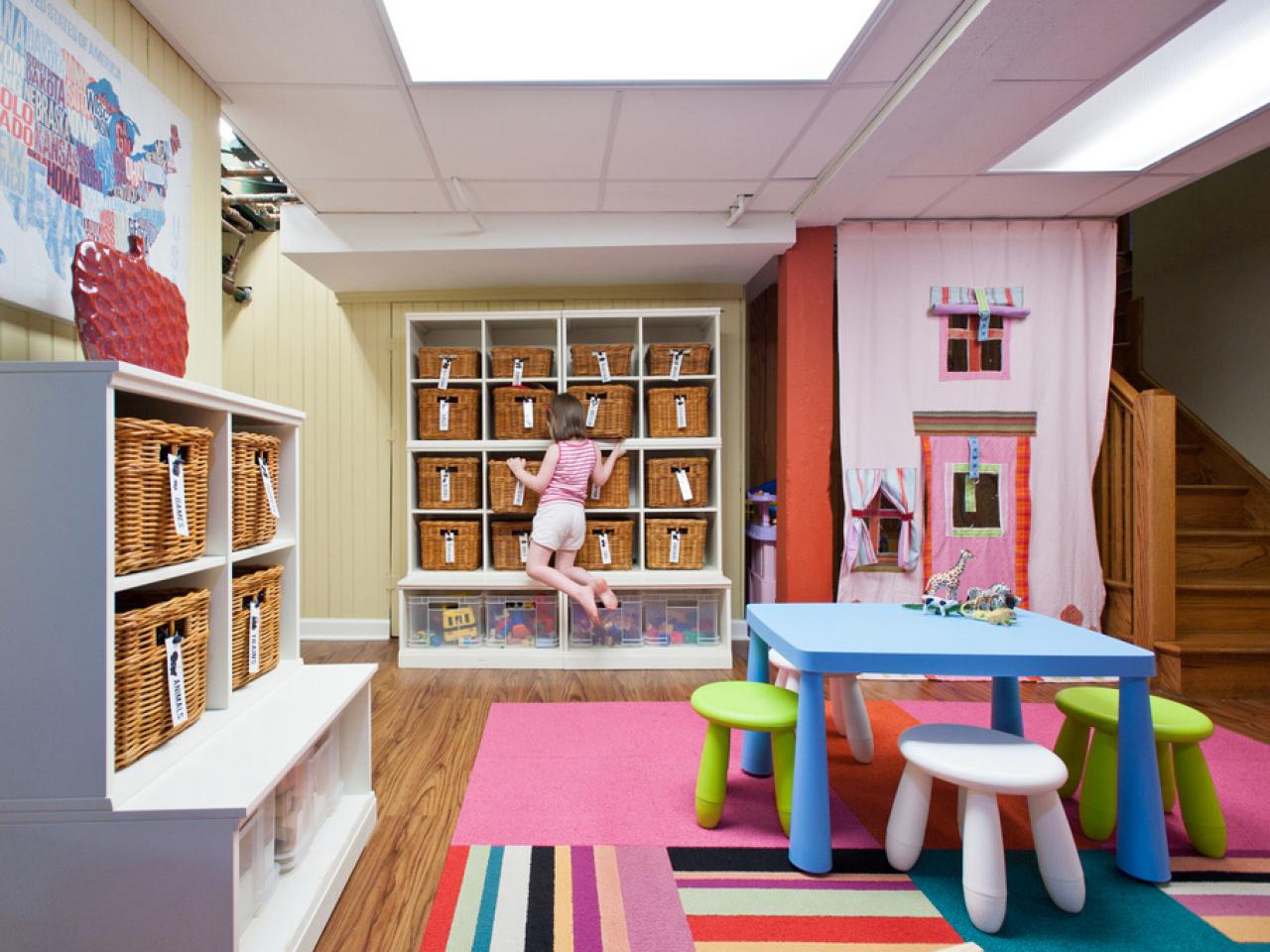

Articles
How To Store Furniture In Basement
Modified: January 18, 2024
Learn effective ways to store furniture in your basement with helpful articles and tips. Create a clutter-free space with our expert advice.
(Many of the links in this article redirect to a specific reviewed product. Your purchase of these products through affiliate links helps to generate commission for Storables.com, at no extra cost. Learn more)
Introduction
When it comes to storing furniture, the basement can be a great option. With its spacious layout and relatively stable environment, the basement provides an ideal storage space for your furniture items. However, to ensure the longevity and condition of your furniture while it is stored in the basement, there are certain steps you need to take.
In this article, we will guide you through the process of storing furniture in the basement. From assessing the space to organizing and protecting your furniture, we will cover everything you need to know to make the most of your basement storage.
So, whether you are downsizing, moving, or simply need some extra space, follow the steps outlined in this article to ensure that your furniture remains in pristine condition while it is stored in your basement.
Key Takeaways:
- Properly assessing, cleaning, and preparing the basement, along with strategic organization and utilization of storage solutions, ensures that your furniture remains in excellent condition while stored in the basement.
- Regular monitoring, maintenance, and attention to temperature and humidity levels are crucial for preserving the longevity and quality of your stored furniture in the basement.
Read also: 8 Unbelievable Basement Furniture For 2024
Step 1: Assessing the basement
Before you start storing your furniture in the basement, it’s essential to assess the space and ensure that it is suitable for storage purposes. Here are a few things to consider:
- Temperature and humidity: Basements can be prone to temperature fluctuations and excess humidity. Ensure that your basement is properly insulated and has a stable temperature between 50-80 degrees Fahrenheit. Use a hygrometer to monitor the humidity levels, and if necessary, invest in a dehumidifier to keep the moisture levels in check.
- Lighting and ventilation: Adequate lighting and ventilation are crucial for maintaining the quality of your stored furniture. Make sure your basement has sufficient natural or artificial lighting and proper airflow to prevent musty odors and mold growth.
- Waterproofing: Check for any signs of water leaks or seepage in your basement. Ensure that walls, floors, and windows are properly sealed to keep your furniture safe from water damage. Consider waterproofing solutions such as applying sealants or installing a sump pump if necessary.
- Structural integrity: Assess the structural condition of the basement, including the walls, ceiling, and flooring. Look for any cracks or signs of structural damage. It’s important to address any issues before storing your furniture to prevent any potential accidents or damage caused by compromised structural integrity.
By carefully assessing your basement, you can identify any potential problems and make the necessary adjustments to create a suitable environment for storing your furniture. This will help to ensure the longevity and condition of your items while they’re in storage.
Step 2: Cleaning and preparing the basement
Once you have assessed the suitability of your basement for furniture storage, the next step is to thoroughly clean and prepare the space. Here’s what you need to do:
- Clear out the area: Remove any existing items, clutter, or debris from the basement to create a clean and open space for your furniture. This will help you visualize the available storage area and plan the layout accordingly.
- Clean the walls and floors: Sweep or vacuum the floors to remove dust, dirt, and any loose particles. Use a damp cloth or mop to clean the walls, removing any stains or marks. This will help create a clean and fresh environment for your furniture.
- Check for pests: Inspect the basement for any signs of pests, such as rodents or insects. Look for droppings, chewed wires, or gnawed furniture. If you notice any infestation, take necessary measures to eliminate the pests before storing your furniture.
- Address any existing issues: If there are any issues like mold, mildew, or musty odors, take steps to remediate them. Clean and disinfect any affected areas, and consider using dehumidifiers, air purifiers, or odor absorbers to improve the air quality in the basement.
- Consider flooring protection: Depending on the type of flooring in your basement, you may want to add an extra layer of protection. Use moisture-resistant mats or plastic sheeting to prevent any potential moisture transfer from the floor to your furniture.
By thoroughly cleaning and preparing your basement, you create a clean and suitable environment for storing your furniture. This step ensures that your furniture remains in good condition and is protected from any potential issues that may arise from a dirty or unprepared storage area.
Step 3: Measuring furniture and doorways
Before you start moving your furniture into the basement, it’s important to measure both your furniture and the doorways or stairwells through which you’ll need to navigate. This will help you determine if your furniture can fit through the entry points and if any disassembly is necessary. Follow these steps:
- Measure your furniture: Use a tape measure to determine the dimensions of your furniture pieces. Measure the height, width, depth, and any other relevant dimensions. Make note of these measurements for reference.
- Measure the doorways and stairwells: Measure the width and height of the doorways and stairwells that you will need to pass through to bring your furniture into the basement. Compare these measurements to the dimensions of your furniture to ensure a proper fit.
- Consider disassembly: If your furniture is too large to fit through the doorways or stairwells, you may need to disassemble it. Check the furniture assembly instructions or consult a professional if necessary. Take photos or label the disassembled parts to make reassembly easier later on.
By measuring your furniture and the entry points, you can avoid any unnecessary headaches or damage to your furniture during the moving process. Disassembling larger pieces when necessary will ensure that you can successfully transport your furniture into the basement without any obstacles.
Step 4: Disassembling large furniture
If you’ve determined that your furniture needs to be disassembled to fit through the doorways or stairwells, it’s time to proceed with this step. Disassembling large furniture can be a bit time-consuming, but it will make the moving process much easier and safer. Here’s how to do it:
- Gather the necessary tools: Before you begin disassembling your furniture, gather the appropriate tools. This may include screwdrivers, Allen wrenches, pliers, or any specific tools mentioned in the furniture assembly instructions.
- Follow assembly instructions: If you still have the original assembly instructions for your furniture, refer to them for disassembly guidance. If not, try searching for the instructions online or contact the manufacturer for assistance.
- Start with removable parts: Begin by removing any removable parts such as cushions, legs, or shelves. Place these components in labeled bags or containers and keep them in a safe place.
- Remove fasteners and connectors: Use your tools to remove screws, bolts, or other fasteners that hold the furniture together. Keep track of these small parts by placing them in labeled bags or magnetic trays.
- Take photos or label parts: As you disassemble the furniture, take photos or label the parts to make reassembly easier later on. This will help you identify which piece goes where and minimize confusion during the reassembly process.
- Store disassembled parts securely: Once you have disassembled the furniture, store the parts securely to prevent any damage or misplacement. Use plastic bags, bubble wrap, or padding to protect delicate or fragile components.
By carefully disassembling your large furniture, you ensure that it can be easily maneuvered through narrow doorways or stairwells. Following these steps will make the moving process smoother and reduce the risk of damage to your furniture.
Read more: How To Store Furniture
Step 5: Wrapping and protecting furniture
Once your furniture is disassembled (if necessary), it’s time to wrap and protect each piece before moving it into the basement. Proper wrapping and protection will shield your furniture from dust, scratches, and potential damage. Follow these steps to ensure the safety of your furniture:
- Start with a clean surface: Make sure to clean the surfaces of your furniture before wrapping. Use a soft cloth to remove any dust or dirt that may have accumulated.
- Wrap with furniture pads: Cover each piece of furniture with furniture pads or moving blankets. These pads provide cushioning and protect the surfaces from scratches or dents. Secure the pads in place with tape or plastic wrap.
- Protect corners and edges: Use corner protectors or edge guards to safeguard vulnerable areas such as corners, edges, or protruding parts. This adds an extra layer of protection against accidental bumps or knocks.
- Wrap with plastic wrap: Once the furniture is padded, wrap it securely with plastic wrap. This helps to keep the furniture pieces together and adds an additional barrier against dust and moisture.
- Secure loose parts: If there are any loose parts or cushions, secure them to the main furniture piece using tape or straps. This helps to keep everything intact during transportation and prevents any loss of components.
- Label the wrapped furniture: Use masking tape or labels to mark each wrapped piece of furniture. Include details such as the contents, room location, or any special handling instructions. This will make it easier to identify and locate specific items when needed.
By properly wrapping and protecting your furniture, you minimize the risk of damage and ensure that it remains in good condition while in storage. These measures provide an extra layer of defense against dust, moisture, and accidental impact.
When storing furniture in a basement, it’s important to elevate items off the ground to prevent moisture damage. Use pallets or furniture risers to create a barrier between the furniture and the floor.
Step 6: Organizing furniture placement
Now that your furniture is wrapped and protected, it’s time to strategically plan and organize the placement of each piece in the basement. Proper organization will maximize the use of space and make it easier to access your furniture items when needed. Follow these steps to efficiently organize the furniture placement:
- Create a layout plan: Before moving any furniture into the basement, create a layout plan. Measure the dimensions of the basement and sketch a rough floor plan. This will help you visualize how each piece will fit and ensure an optimal arrangement.
- Consider accessibility: Think about which furniture items you may need to access more frequently. Place these items towards the front or in areas that are easily reachable. Less frequently used items can be placed towards the back or in harder-to-reach areas.
- Group similar items together: Group furniture items with similar sizes, shapes, or functions together. This will help to create a more organized and visually appealing storage space. For example, place all chairs together, beds together, and tables together.
- Leave walkways: Create clear walkways between furniture pieces to allow for easy movement and access. Avoid packing the furniture too tightly together, as this can make it difficult to maneuver or retrieve specific items later on.
- Use vertical space: Make use of vertical space by stacking lighter furniture items or placing shelves or racks on walls. This will help to maximize the available storage area and optimize the use of space.
By organizing the placement of your furniture, you create an efficient and functional storage space in the basement. This ensures that your furniture is easily accessible and minimizes the risk of damage when retrieving specific items.
Step 7: Utilizing storage solutions
When storing furniture in the basement, it’s important to make the most efficient use of the available space. Utilizing storage solutions can help you organize and protect your furniture items while maximizing the use of the basement area. Here are some storage solutions you can implement:
- Shelving units: Install sturdy and adjustable shelving units in the basement. This allows you to stack smaller furniture items or boxes on the shelves, keeping them off the floor and creating additional storage space.
- Storage bins or containers: Invest in plastic storage bins or containers to keep smaller furniture accessories or decorations neatly organized. Label each bin or container for easy identification and retrieval.
- Hanging storage: Consider using hooks or pegboards to hang smaller furniture pieces or accessories, such as chairs or picture frames. This helps to free up floor and shelf space while keeping these items easily accessible.
- Under-bed storage: Utilize the space under larger furniture items, such as beds or sofas, by using storage boxes or bags designed to fit underneath. This is a great way to maximize space and keep items neatly stored.
- Modular storage systems: Consider investing in modular storage systems that can be customized and adapted to your specific storage needs. These systems typically consist of stackable units or cubes that can be rearranged as needed.
- Furniture covers: Use protective covers or sheets to shield your furniture from dust, moisture, and potential scratches. This is especially important for items that may not fit in storage containers or shelves.
By utilizing these storage solutions, you can optimize the space in your basement and keep your furniture neatly organized and protected. These solutions help to maximize storage capacity and make it easier to locate and access specific items when needed.
Step 8: Storing fragile or delicate items
When storing furniture in the basement, you may have fragile or delicate items that require special care and attention. To ensure the safety and preservation of these pieces, follow these steps when storing fragile or delicate furniture:
- Wrap with additional layers: For extra protection, wrap fragile or delicate items with additional layers of padding or bubble wrap. This will provide an extra cushion against any potential bumps or impacts.
- Separate and secure: Keep fragile items separate from other furniture pieces to minimize the risk of accidental damage. Place them in a designated area or on shelves labeled specifically for delicate items.
- Stack with care: If you need to stack fragile furniture, place sturdy and stable pieces at the bottom and lighter items on top. Use furniture pads or foam sheets between stacked items to prevent scratches or pressure marks.
- Avoid direct contact with the floor: To protect delicate furniture from moisture, consider using pallets or wooden boards as a barrier between the furniture and the floor. This helps to reduce the risk of water transfer and potential damage.
- Monitor temperature and humidity levels: Fragile items are often sensitive to changes in temperature and humidity. Regularly monitor the basement’s temperature and humidity levels, and make adjustments as necessary to ensure a stable and suitable environment for delicate furniture.
- Consider climate-controlled storage: If you have valuable or extremely delicate furniture, it may be worth considering a climate-controlled storage unit for optimal preservation. These units regulate temperature and humidity levels, providing the ideal conditions for fragile items.
Taking extra precautions when storing fragile or delicate furniture will help prevent damage and preserve their condition over time. By following these steps, you can ensure that your delicate items remain safe and protected while in storage.
Read more: How To Store Clothes In Basement
Step 9: Maintaining proper ventilation
Proper ventilation is crucial when storing furniture in the basement. Adequate airflow helps prevent the buildup of moisture, mold, and musty odors that could potentially damage your furniture. Here’s how to maintain proper ventilation:
- Open windows and doors: If possible, open windows and doors in the basement to allow fresh air circulation. This helps to reduce stagnant air and promote cross-ventilation.
- Use fans or air purifiers: Place fans strategically in the basement to improve air circulation. You can also consider using air purifiers to filter out any allergens or impurities in the air.
- Avoid blocking vents: Ensure that air vents in the basement remain unobstructed. Blocked vents can restrict the airflow and result in poor ventilation. Arrange your furniture in a way that allows air to flow freely.
- Maintain a consistent temperature: Fluctuations in temperature can lead to condensation and increased humidity. Keep the basement at a consistent temperature to minimize the risk of moisture buildup.
- Use moisture absorbers: Place moisture absorbers, such as desiccant packs or silica gel, in the basement. These absorb moisture from the air and help maintain optimal humidity levels.
- Inspect for leaks: Regularly inspect the basement for any signs of leaks or moisture intrusion. Address any leaks promptly to prevent water damage and maintain an environment with proper ventilation.
Maintaining proper ventilation in your basement storage area is essential for the preservation of your furniture. By following these steps, you can minimize the risk of moisture-related issues and ensure that your furniture remains in optimal condition while in storage.
Step 10: Monitoring and maintaining the stored furniture
Once your furniture is safely stored in the basement, it’s important to regularly monitor and maintain its condition to ensure longevity. Implementing proper maintenance practices will help prevent any potential issues and keep your furniture in excellent shape. Here are some key steps to follow:
- Regular inspections: Schedule regular inspections of your stored furniture. Check for signs of damage, moisture, or pest infestation. Address any issues immediately to prevent further damage.
- Dust and clean: Regularly dust and clean the stored furniture to prevent the buildup of dust, dirt, or grime. Use a soft cloth or duster to gently wipe the surfaces, paying attention to crevices and hard-to-reach areas.
- Reposition and rotate: Occasionally reposition or rotate your furniture to prevent uneven weight distribution and reduce the risk of permanent indentations or warping on the floor or underneath the furniture.
- Avoid stacking heavy items: Avoid stacking heavy items on top of delicate or fragile furniture. Excessive weight can cause damage or deformation to the furniture pieces beneath.
- Protect against sunlight: Protect your furniture from direct sunlight as it can cause fading and discoloration. Use curtains, blinds, or UV-blocking window films to minimize exposure to harmful ultraviolet rays.
- Address temperature and humidity: Continuously monitor the temperature and humidity levels in the basement. Adjust the environment as needed to maintain optimal conditions for your furniture.
- Document furniture condition: Take photos or maintain a detailed inventory of your stored furniture. This will help you keep track of their condition and serve as documentation for insurance or future reference.
- Occasionally air out: If possible, open windows or use fans to circulate fresh air in the basement periodically. This helps to prevent stale air and can help reduce musty odors.
By consistently monitoring and maintaining your stored furniture, you can identify and address any issues before they worsen. Following these steps will help ensure that your furniture remains in good condition throughout the duration of its storage.
Conclusion
Storing furniture in the basement can be a practical and efficient solution for creating additional space or safely keeping your furniture during a transition. By following the steps outlined in this article, you can ensure that your furniture remains in excellent condition while stored in the basement.
Assessing the basement’s suitability, cleaning and preparing the space, measuring furniture and doorways, and disassembling large pieces are crucial initial steps. Wrapping and protecting furniture, organizing the placement, and utilizing storage solutions help maximize the available space while maintaining the organization of your stored furniture.
When storing fragile or delicate items, taking extra precautions, such as additional wrapping and separation, helps prevent damage. Maintaining proper ventilation, monitoring temperature and humidity levels, and conducting regular maintenance checks are essential for the longevity of your furniture.
Remember to periodically inspect and clean your stored furniture and address any issues promptly. By implementing these steps, you can ensure that your furniture remains in optimal condition, ready to be used again when the time comes.
So, whether you are storing furniture temporarily or for a longer period, following these guidelines will help protect your valuable pieces and ensure they stay in excellent shape while stored in the basement. With proper care and attention, your furniture will be ready to serve you for years to come.
Frequently Asked Questions about How To Store Furniture In Basement
Was this page helpful?
At Storables.com, we guarantee accurate and reliable information. Our content, validated by Expert Board Contributors, is crafted following stringent Editorial Policies. We're committed to providing you with well-researched, expert-backed insights for all your informational needs.
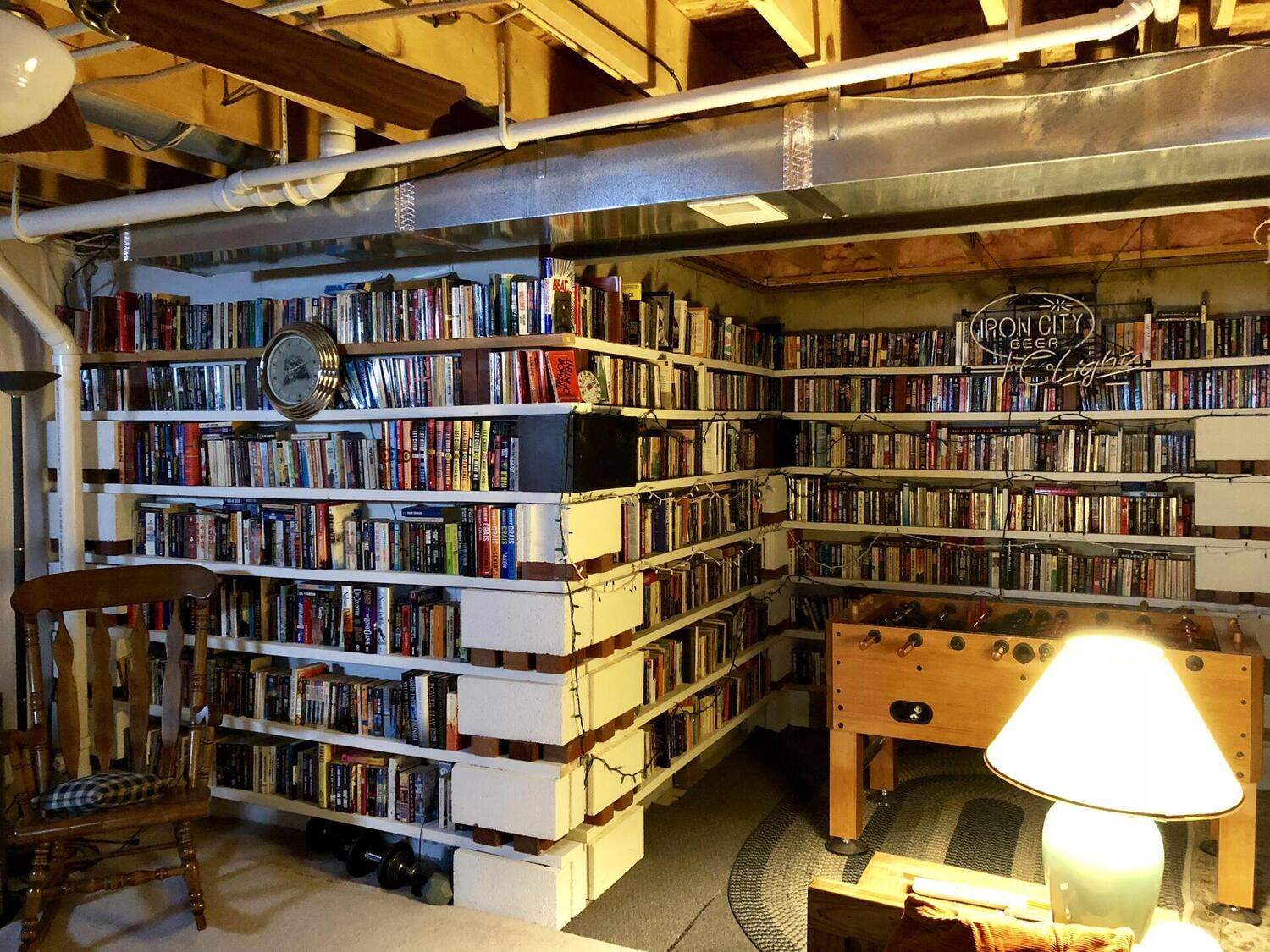
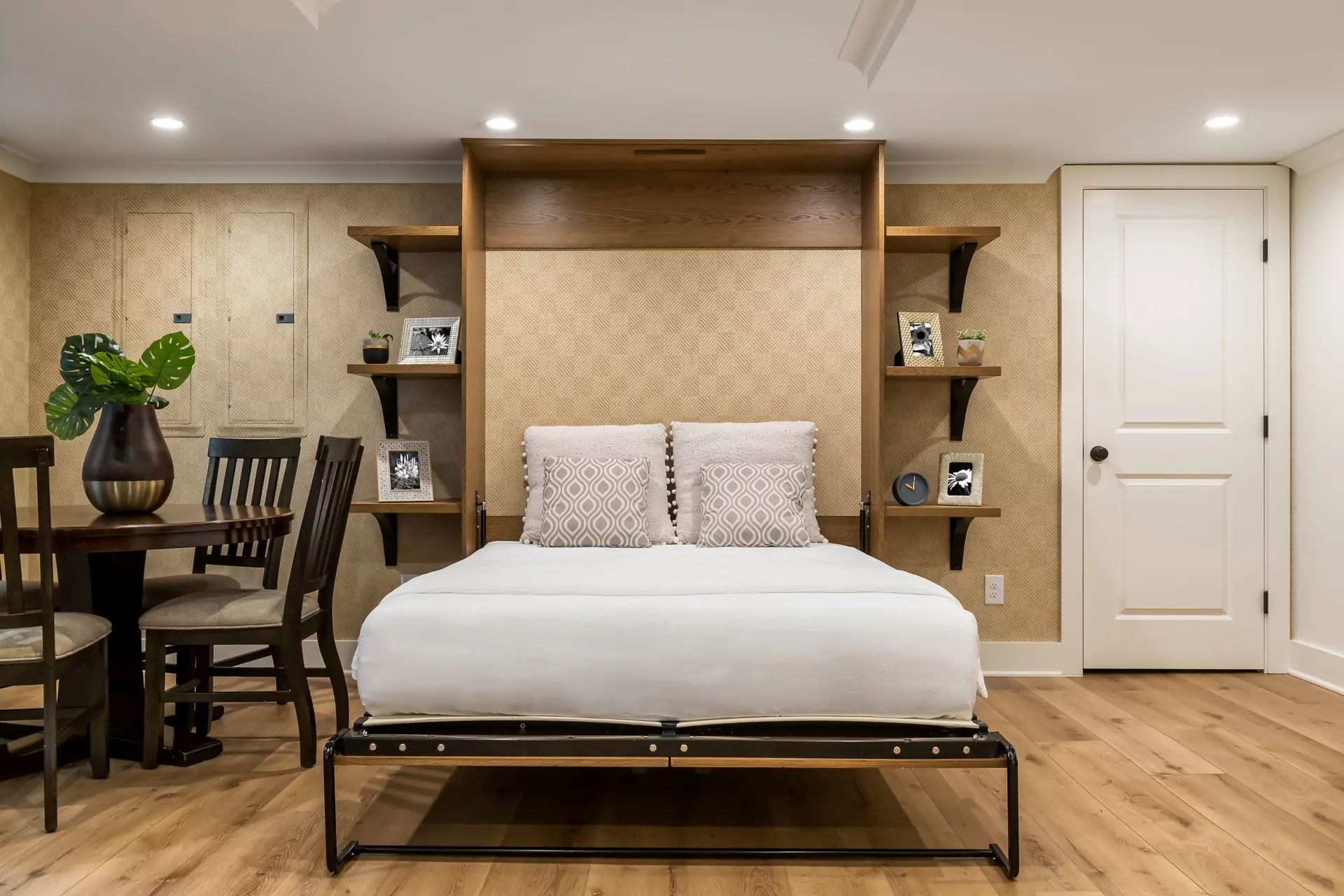
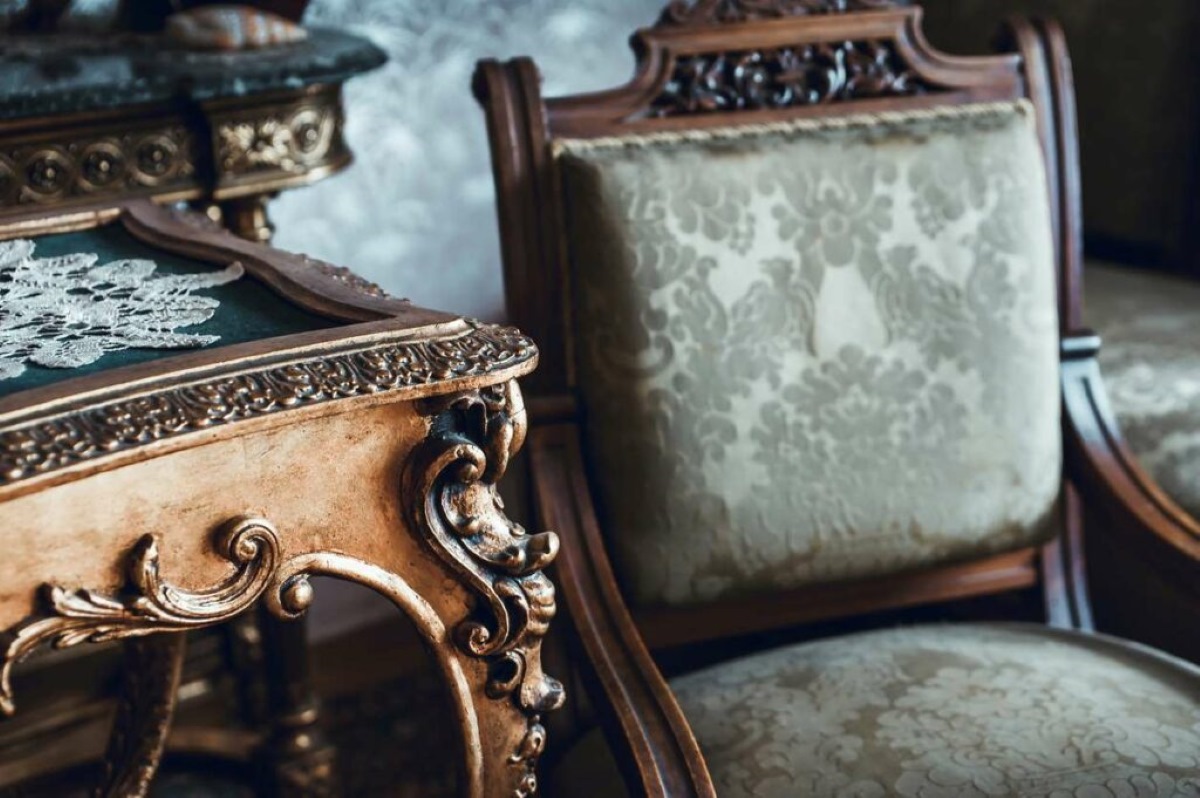
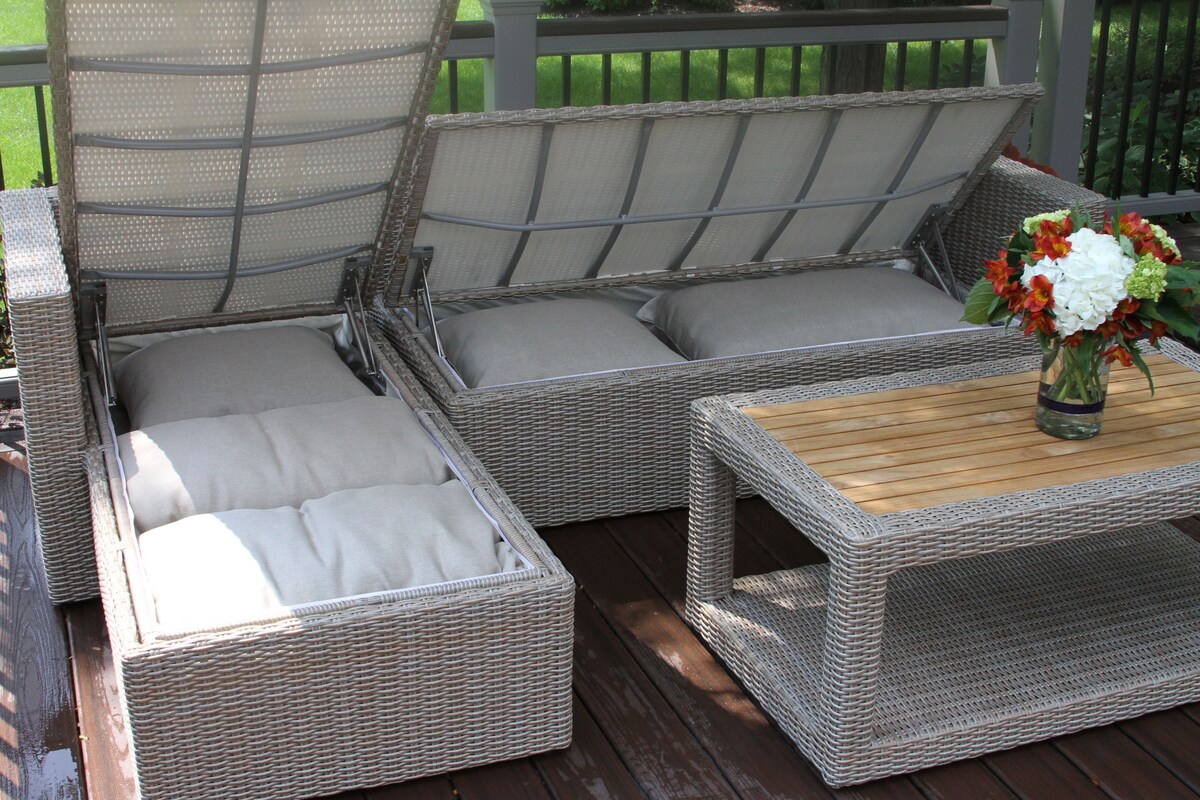
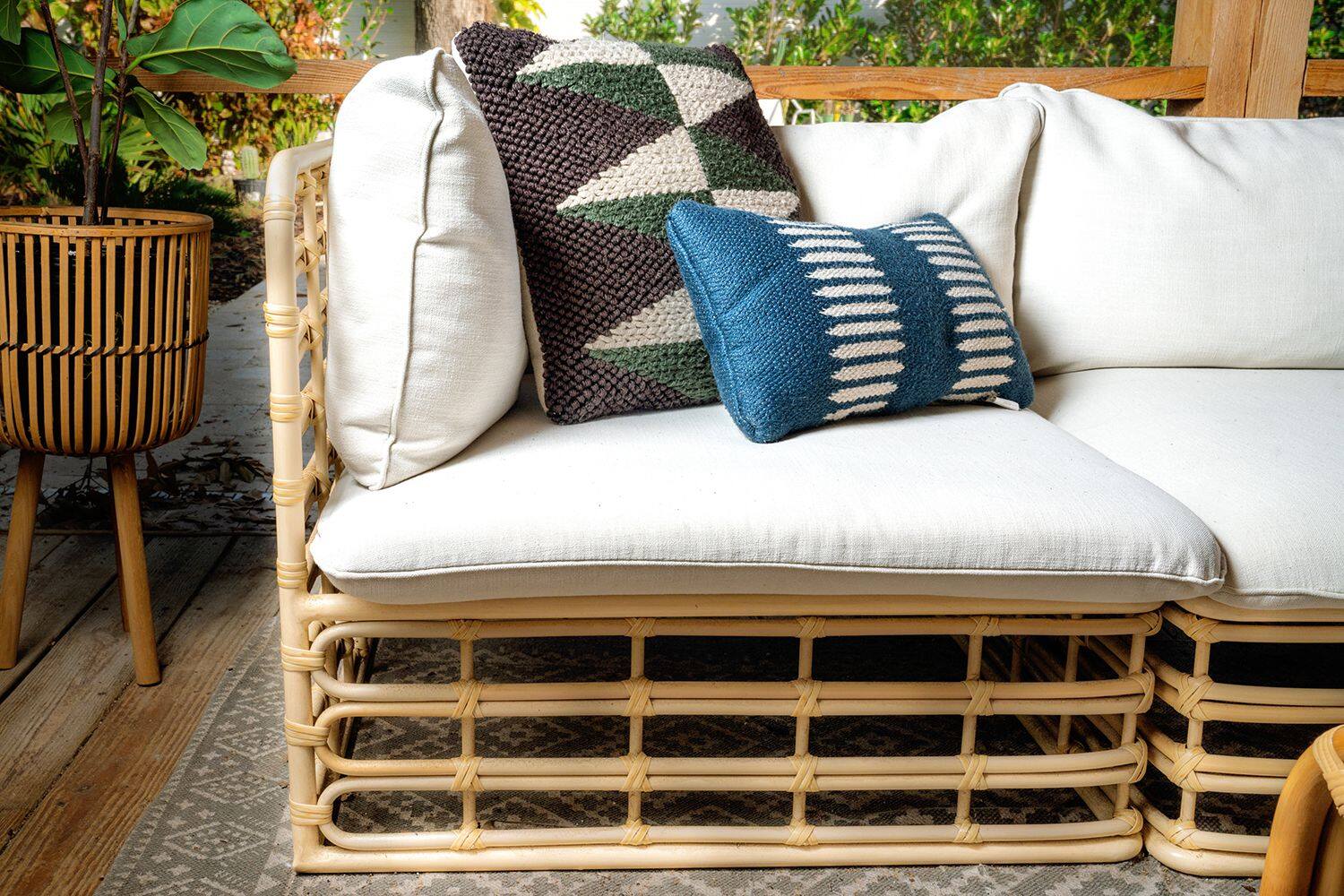

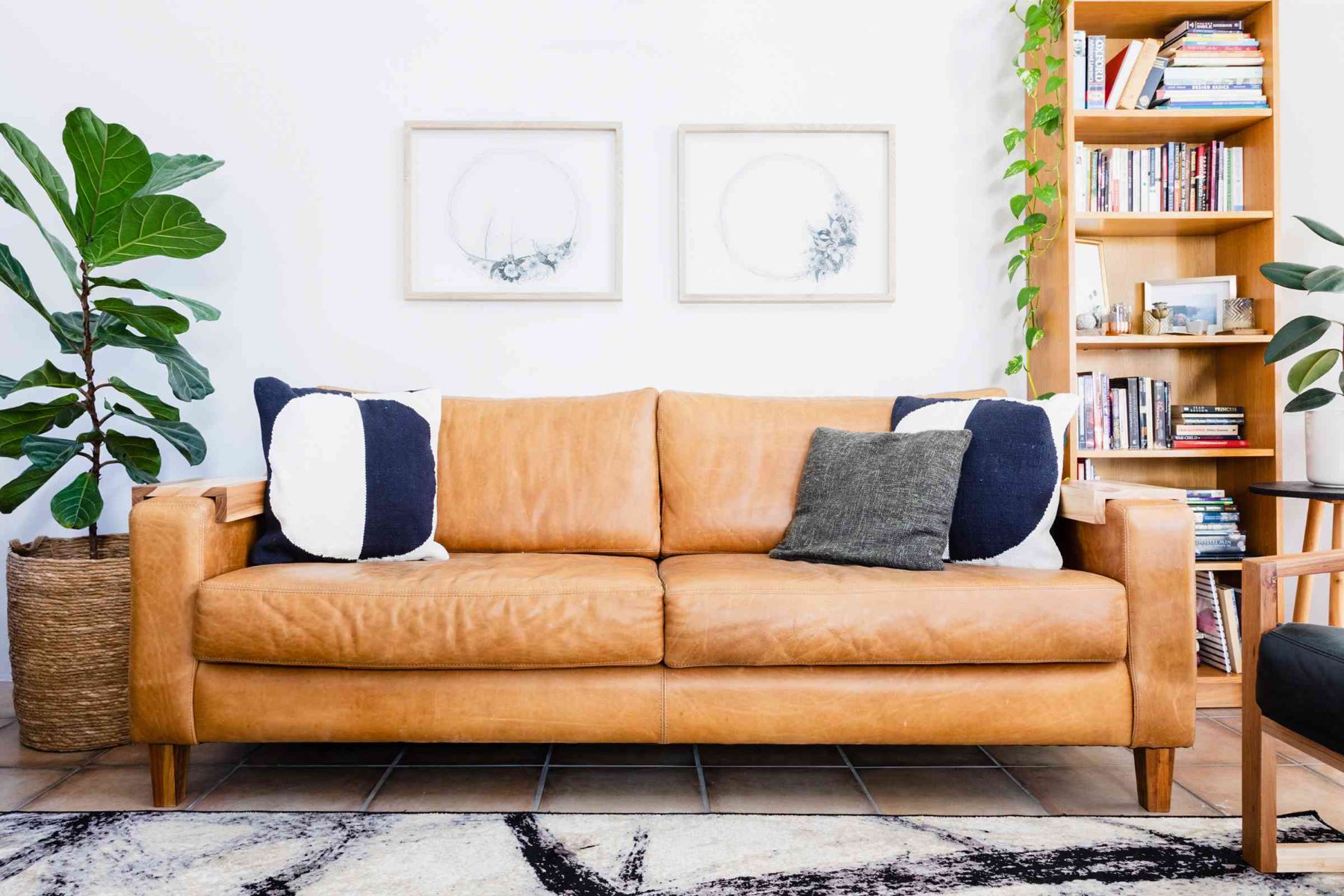
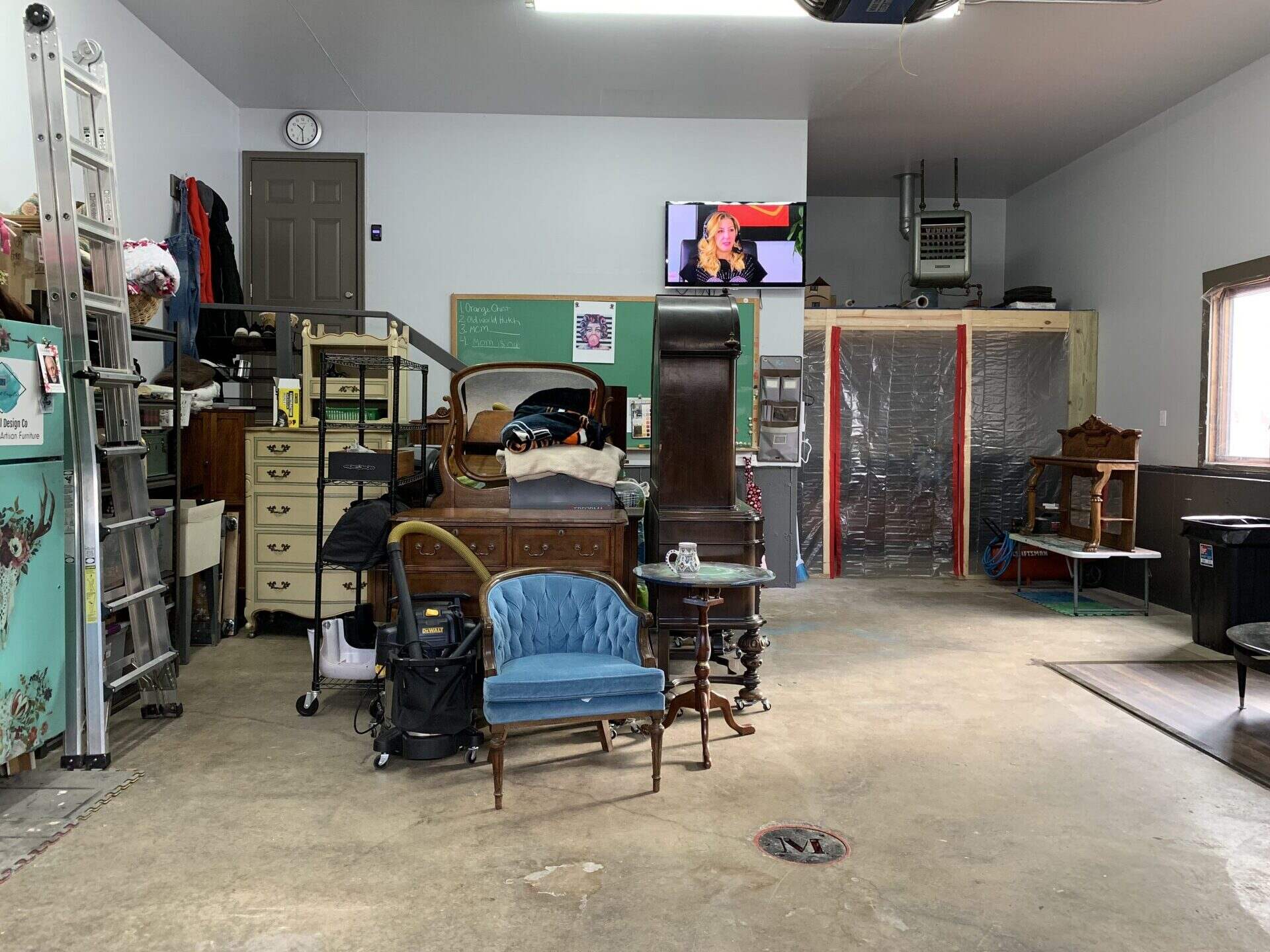
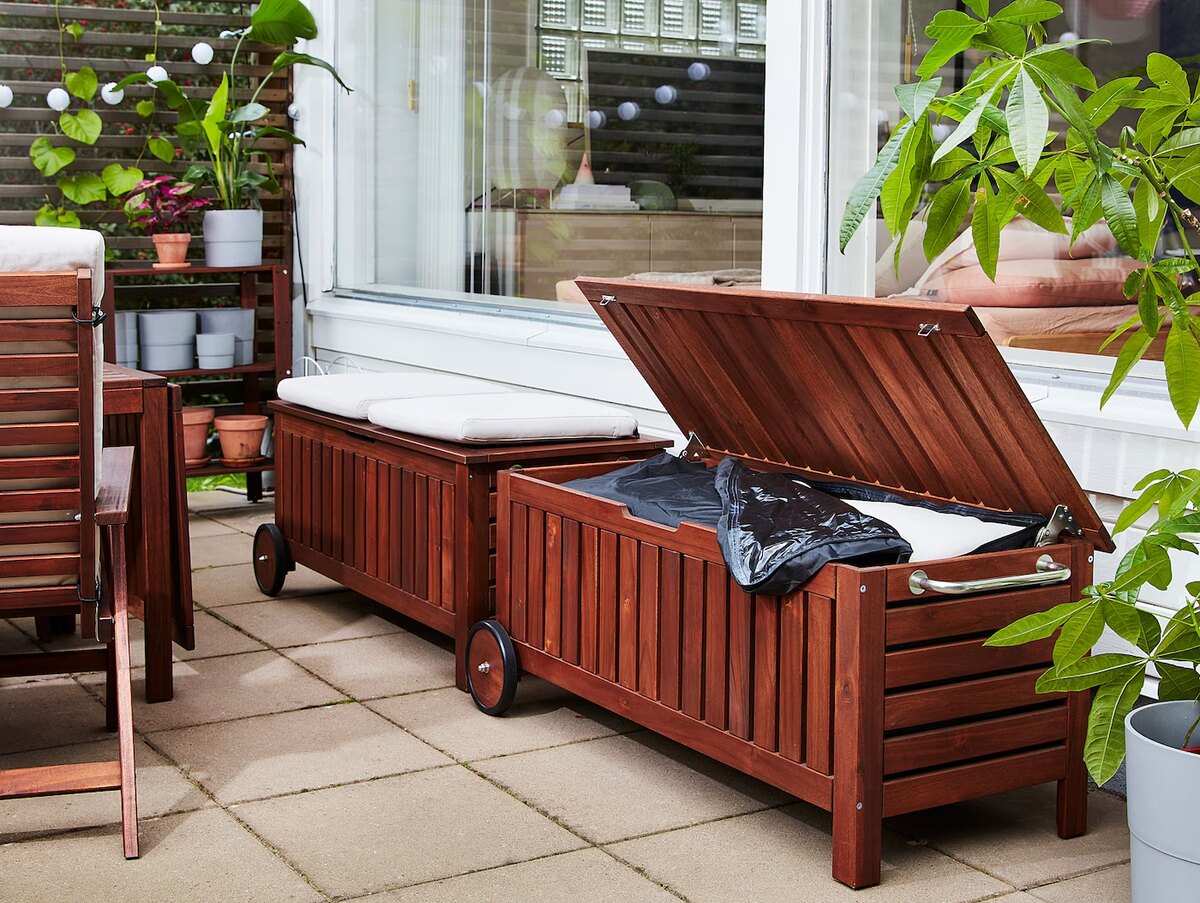
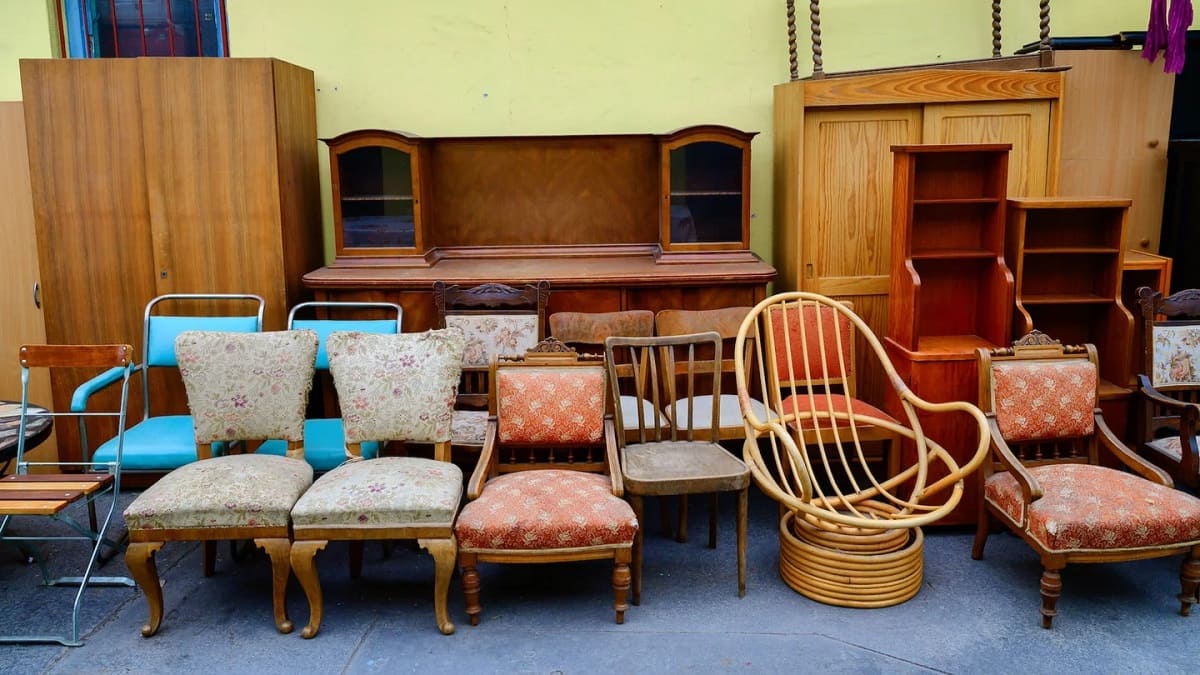
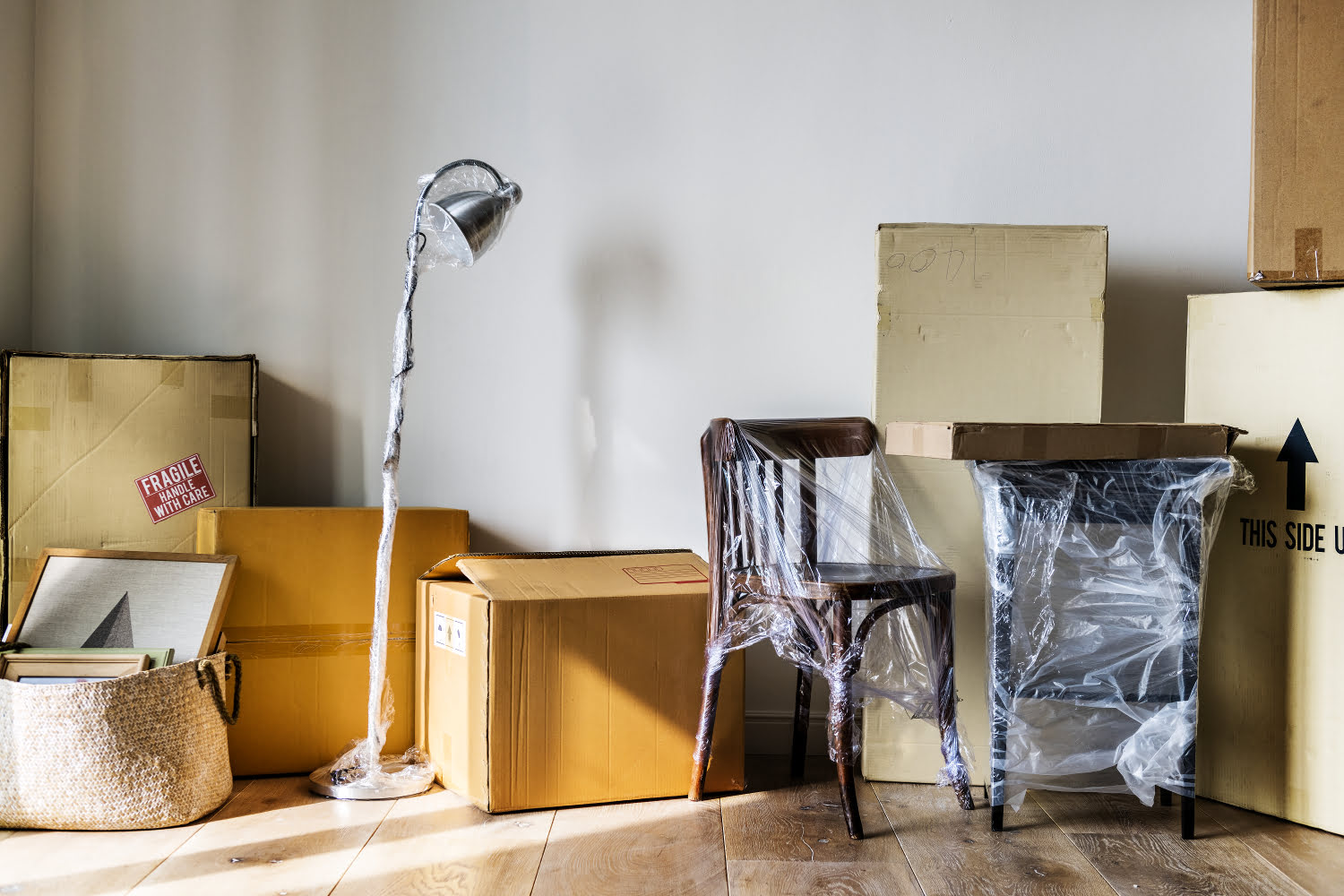
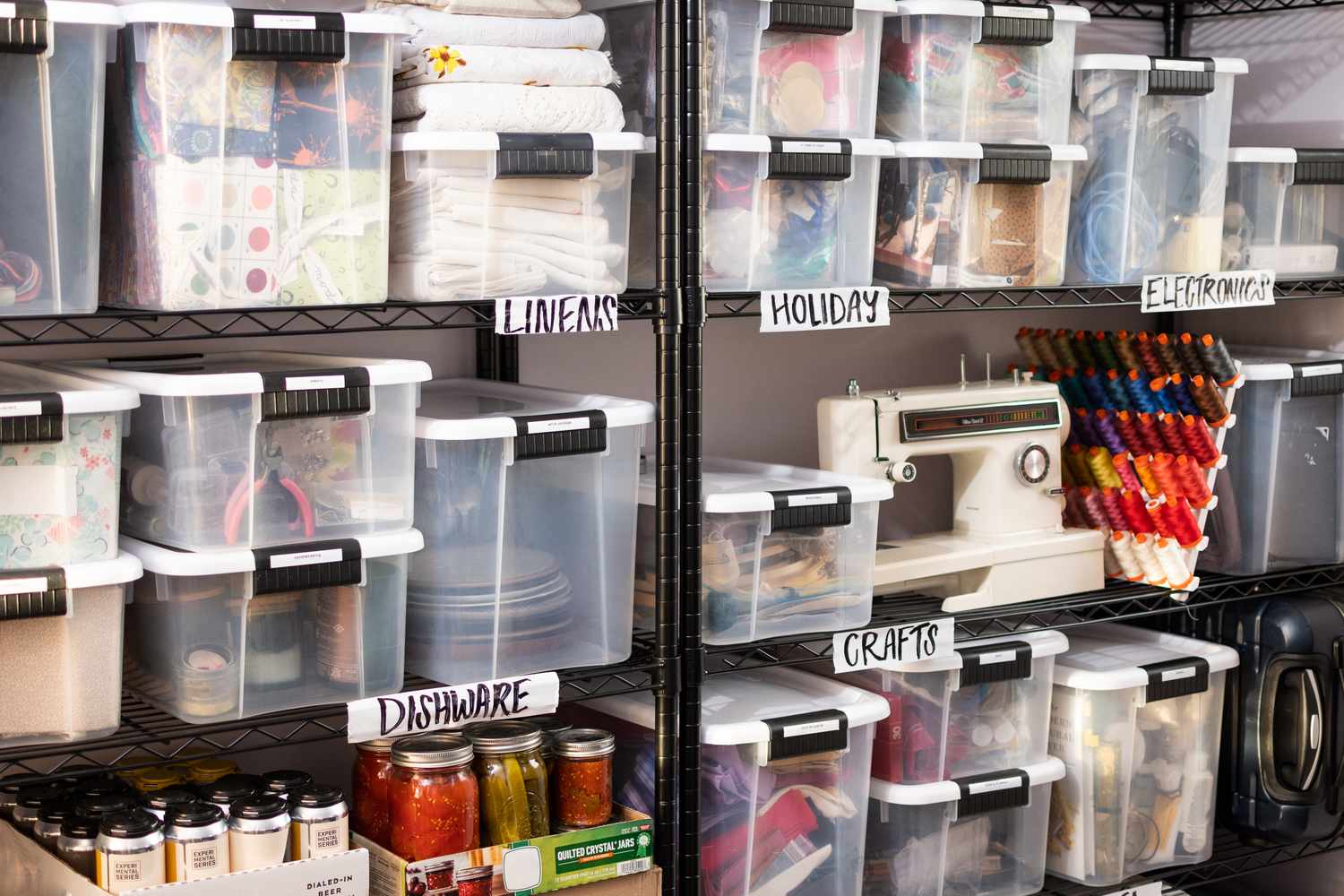


0 thoughts on “How To Store Furniture In Basement”